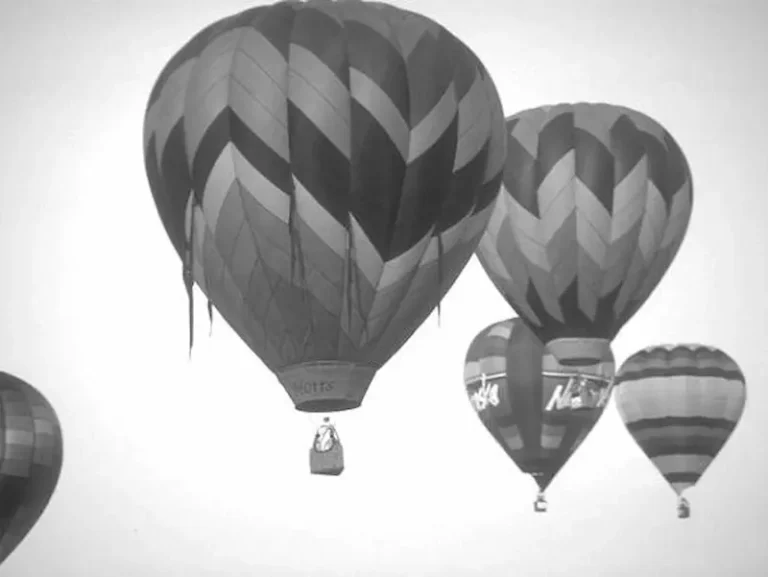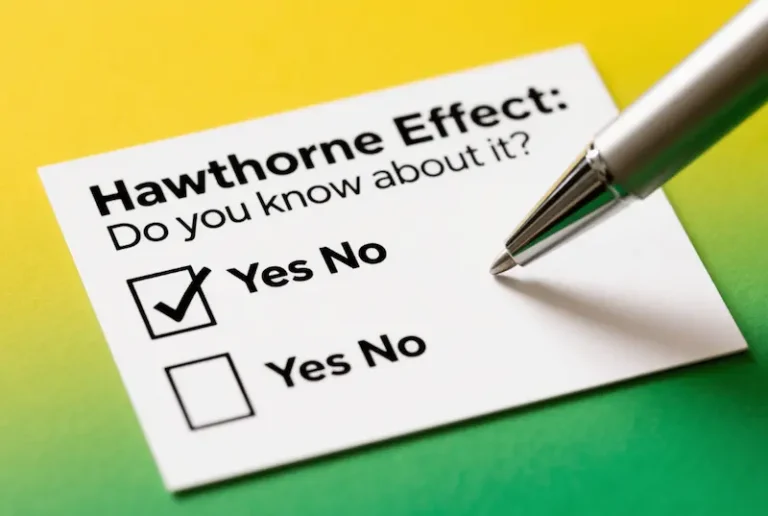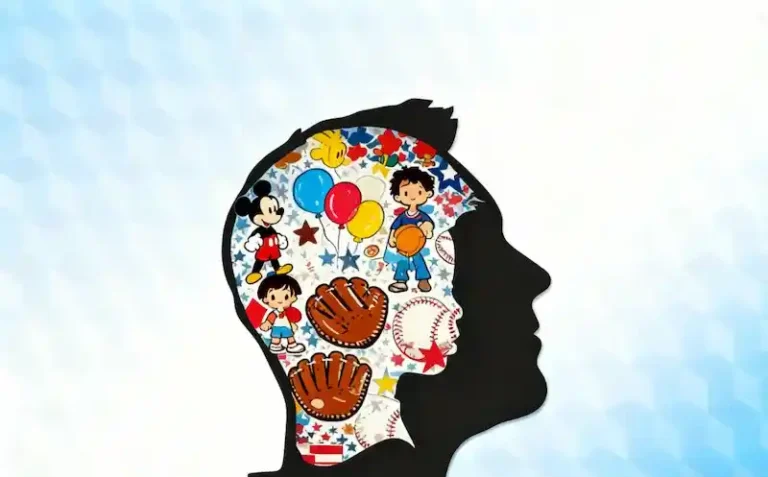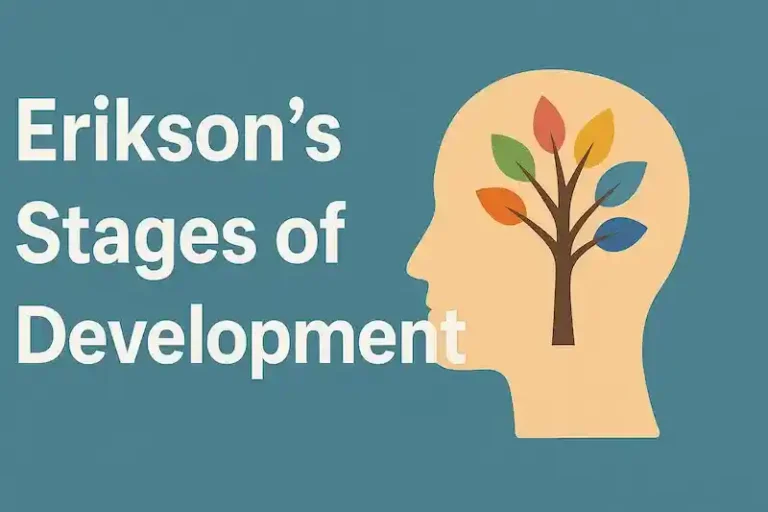Flywheel Effect: The Secret Weapon to Turn Your Goals From Stalled to Successful
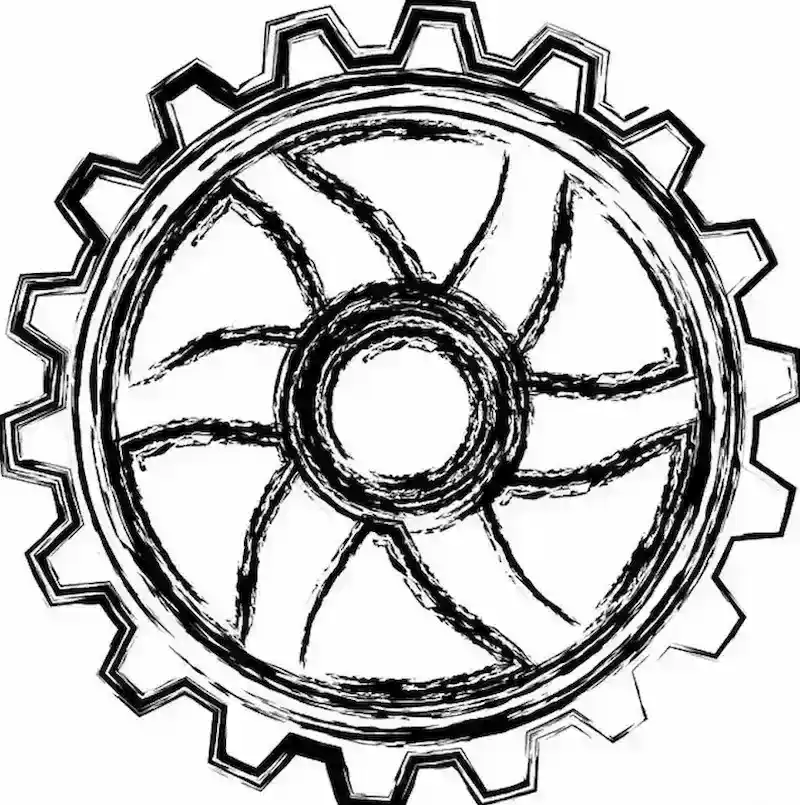
Table of Contents
Do you ever set big goals with excitement—only to quit before you even gain momentum?
Maybe you signed up for a gym membership to get in shape, but skipped workouts after the first tiring session. Or you bought a Spanish course to learn a new language, but let the textbook collect dust after 3 chapters. You’re not alone: A 2023 study by the American Psychological Association (APA) found that 78% of people abandon their New Year’s resolutions within one month.
The problem isn’t laziness—it’s the natural resistance to starting something new. But there’s a solution: the flywheel effect. This powerful concept, rooted in psychology and business, can help you push past initial struggles and turn small, consistent efforts into long-term success.
Why Do Your Goals Always Get Stuck at the Start?
Before we dive into the flywheel effect, let’s unpack why starting is so hard. These two human tendencies are the biggest roadblocks—and they’re universal, even for high achievers .
1. Fear of the Unknown Holds You Back
Every new goal asks you to step into uncharted territory. Will you be good enough? What if you fail? These doubts trigger your brain’s “fight-or-flight” response, making you hesitate.
For example: If you want to learn coding to switch careers, you might worry you “aren’t a math person” or can’t keep up with complex syntax. This fear doesn’t just make you procrastinate—it can stop you from opening a coding tutorial at all.
2. Instant Gratification Beats Long-Term Progress
Our brains are wired to prioritize immediate rewards over future benefits—a leftover trait from our ancestors, who focused on survival in the moment. Today, this means scrolling TikTok or playing video games feels more satisfying than studying or working out.
The APA study mentioned earlier found that 62% of people choose instant entertainment over goal-related tasks because the payoff (a laugh, a win) is immediate. When your goal’s reward (like a promotion or a fit body) is months away, it’s easy to give in to short-term pleasure.

What Is the Flywheel Effect, and How Does It Work?
The flywheel effect wasn’t born in psychology—it started as a physics concept. But Jim Collins, the American management expert, popularized it in his book Good to Great (a staple in U.S. business schools) to explain how companies (and people) achieve sustained success.
Here’s the core idea:
Imagine a heavy, stationary flywheel (a large wheel used to store energy). To get it moving, you have to push with all your strength—one slow, tough rotation at a time. At first, it feels like nothing’s happening. But every push builds momentum. After 10, 20, 50 rotations, the wheel starts to spin faster. Eventually, it gains so much speed that it keeps turning on its own—you barely need to push anymore.
For personal growth and goals, the flywheel effect translates to this:
- Initial phase: Starting is hard. You’ll face fatigue, self-doubt, and slow progress.
- Momentum phase: Small wins add up. Each completed task makes the next one easier.
- Auto-pilot phase: Your habits and progress carry you forward. Success feels effortless.
Think of it like building a YouTube channel. At first, you post videos to 0 views, edit for hours, and wonder if it’s worth it (initial push). Then you get 100 subscribers, then 1,000—each new fan encourages you to keep going (momentum). Eventually, your content goes viral, and subscribers grow organically (auto-pilot). That’s the flywheel in action.
Real-World Flywheel Effect Examples
The flywheel effect isn’t just a theory—it’s how some of the U.S.’s most famous successes got to the top. These examples show how consistent effort turns “stuck” into “unstoppable.”
1. Amazon: Jeff Bezos’ $1.8 Trillion Flywheel
When Jeff Bezos founded Amazon in 1994, it was just an online bookstore competing with giants like Barnes & Noble. The odds were stacked against him—but he built his business around the flywheel effect.
- First push: Bezos focused on low prices and fast shipping to attract early customers. He worked 12-hour days, negotiated with book publishers, and fixed customer complaints personally.
- Building momentum: As more people shopped on Amazon, Bezos used the revenue to lower prices even more and expand into new categories (CDs, electronics). Better deals brought more customers, which gave Amazon more bargaining power with suppliers.
- Auto-pilot: Today, Amazon’s flywheel includes Prime memberships, AWS cloud services, and same-day delivery. The company generates $500 billion in annual revenue, and its growth feeds on itself—all because Bezos kept pushing that initial “wheel” for years.
Bezos once said, “You do things that make the flywheel spin faster, not slower.” That’s the secret to Amazon’s dominance.
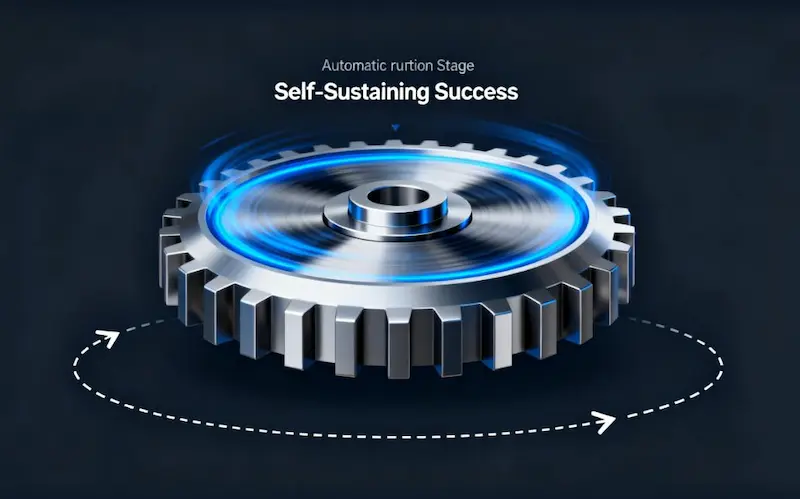
2. Michael Jordan: From Rookie Bust to Basketball Legend
Michael Jordan is widely considered the greatest basketball player of all time—but his career started with a setback. As a college freshman at the University of North Carolina, he was cut from the varsity team. Instead of quitting, he used the flywheel effect to fuel his success.
- First push: Jordan practiced 2 hours extra every day—shooting hundreds of baskets, working on his defense, and studying game tapes. He played on the junior varsity team and dominated, averaging 25 points per game.
- Building momentum: By his sophomore year, Jordan made the varsity team and hit the game-winning shot in the NCAA championship. In the NBA, he kept training harder than anyone else (even practicing with weights after games). Each championship win (6 total) and MVP award (5) pushed his flywheel faster.
- Auto-pilot: By the 1990s, Jordan was a global icon. His work ethic became legendary, and his success on the court translated to endorsements (Nike’s Air Jordans) and a net worth of $3 billion. He didn’t become great overnight—he pushed the wheel, one practice at a time.
4 Proven Ways to Harness the Flywheel Effect for Your Goals
The flywheel effect works for anyone—but you have to know how to start pushing. Follow these 4 steps to turn your goals into a self-sustaining cycle of success.
1. Simplify: Break Big Goals Into Tiny, Actionable Steps
A vague goal like “get in shape” will leave you stuck. The flywheel needs clear, small pushes to start moving. Here’s how to break it down:
- Big goal: Run a 5K in 3 months.
- Monthly steps: Week 1-4: Walk 20 minutes/day; Week 5-8: Walk-jog 30 minutes/day; Week 9-12: Jog 5K.
- Daily step: Put on your shoes and walk/jog for the assigned time—no excuses.
This works because tiny steps eliminate overwhelm. When your daily task is “walk 20 minutes,” you can’t say “I don’t have time.” As you check off each small step, your confidence grows—and that’s how momentum starts.
2. Beat Initial Resistance: Reward the “Start,” Not Just the Result
The hardest part is the first push. To get through it, focus on rewarding action, not just success. Here’s how:
- If your goal is to study for a certification: After 30 minutes of studying, reward yourself with a 10-minute snack break or an episode of your favorite show.
- If your goal is to cook healthy meals: After preparing one home-cooked dinner, treat yourself to a small dessert (like a square of dark chocolate).
Rewards train your brain to associate “starting” with pleasure—making it easier to show up tomorrow. Over time, the reward becomes the progress itself.
3. Keep the Wheel Spinning: Build Consistent Habits
Momentum dies without consistency. The flywheel needs regular pushes, even when you don’t feel like it. Here’s how to stay consistent:
- Set a fixed schedule: Study every weekday at 7 PM, or workout every Monday/Wednesday/Friday at 6 AM. Routine turns effort into habit.
- Track your progress: Use a habit tracker app (like Habitica) or a calendar to mark days you complete your task. Seeing a streak of checkmarks will motivate you to keep going.
- Forgive small mistakes: If you miss a day, don’t quit—just start again the next day. A 90% consistency rate is better than 0% (and it keeps the flywheel from stopping).
4. Speed Up the Wheel: Use External Support
You don’t have to push the flywheel alone. External help can give you a boost when you’re tired. Try these strategies:
- Find an accountability partner: Team up with a friend who has a similar goal (e.g., a workout buddy or study partner). Text each other daily to check in.
- Join a community: Join a local gym group (like Orangetheory) or an online forum (like Reddit’s r/GetMotivated) to share progress and get encouragement.
- Hire a professional: If you’re learning a skill (like graphic design) or working toward a career goal, hire a coach or take a course (e.g., Coursera or Udemy). Expert guidance helps you avoid mistakes and speed up progress.

Final Thoughts: Your Flywheel, Your Breakthrough
Every big goal—whether it’s learning a skill, starting a business, or getting healthy—starts with a heavy, stationary flywheel. The first pushes will be hard. You’ll doubt yourself. You’ll want to quit. But remember: Every push counts.
Jim Collins said it best in Good to Great: “You can’t jump directly to breakthrough. You have to build momentum by turning the flywheel, turn after turn, until it goes fast enough on its own.”
Your job isn’t to “succeed overnight.” It’s to show up today, push the wheel one more time, and trust that momentum will come. Eventually, that wheel will spin so fast that success feels effortless—your “life hack” moment.
CTA
What’s your “flywheel” goal? Are you trying to learn a new skill, start a side hustle, or get in shape? Share your goal in the comments below—and tell us one small step you’ll take today to push your flywheel. If you found this guide helpful, share it with a friend who needs a boost to start their own flywheel journey.

